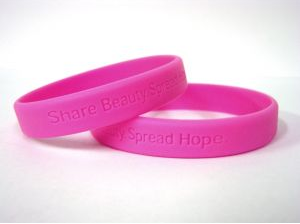
With the holidays behind us, it’s time to get excited and look forward to the new year ahead of us. Before we officially close out the season of giving, there is one more gift we want to talk about.
And that gift is the gift of health.
We believe that taking care of your body and being aware of your health are the keys to living a happy and healthy life. There’s no better time than right now to put yourself on the path to health and happiness as we begin a new year.
It doesn’t matter how good or poor your health currently is. There are many small lifestyle changes you can make to help ensure you’re giving your body the things it needs while also getting the medical care you need to stay happy and healthy.
The new year means starting fresh. We hope you’ll take advantage of this time to put in place a plan for the year that promotes your health and happiness.
Not sure where to start? No worries, we have a few suggestions!
Keep reading to discover a few things you can do to give yourself the gift of health this year.
Eat Healthy
Your health begins with what you put in your body.
Of course, there’s nothing wrong with indulging in a tasty treat every once in a while. But it’s also important to ensure that you are getting the nutrients from fresh meats (if you’re not a vegetarian), vegetables, and fruits.
Here are a few of our favorite recipes you can add to your weekly meal plan.
Go for Regular Physicals
Visiting your doctor for a yearly exam is a great way to make sure you’re in tip-top shape.
Most important, your doctor might be able to detect health problems before you notice them. And that’s important because early detection is the key to saving lives, especially for cancer patients.
You can’t go wrong with a yearly exam to make sure you’re in good health.
Get Exercise
Exercise is an important part of staying healthy. It helps you build muscles, burn excess fat, and keep your heart strong.
If you’re someone who feels as if you can’t exercise, don’t worry. It’s ok to start slow. Something as simple as a walk around the block is a great place to get started.
Check out some of our favorite ways to get into an exercise routine.
Perform At-Home Breast Exams
Ladies, this one is super important!
As we mentioned before, early detection saves lives. Which is why at-home breast exams are so important, even if you don’t have a family history of breast cancer.
BreastCancer.org gives a great overview on how to do an at-home breast exam. Check it out here.
Your doctor can also teach you how to do a self-exam. Ask your doctor to show you at your next appointment.
Take Note of Changes in Your Body
Nobody knows your body better than you do.
If you notice any changes—including lumps, spots, marks, bumps, rashes, or even less visible changes like unusual headaches or pains—be sure to report those changes to your doctor.
Your doctor can diagnose any health concerns and put you on the path to health and happiness.






